Reese to manage Blanchard River Demonstration Farms Network
Kirk Reese of Lexington, Ohio, has been named project manager for the Blanchard River Demonstration Farms Network.
Read MoreResearchers studying different conservation practices at the Blanchard River Demonstration Farms are narrowing their focus to four practices that appear to help reduce nutrient and sediment loss.
“It’s too early to say what the results of our demonstration farms’ edge-of-field research is, but these four conservation practices are things that we, as farmers, can look into doing because they’re pretty reasonable,” said Aaron Heilers, project manager of the demonstration farms.
1. Adhering to Tri-State Fertility Guide recommendations
Soil testing and mapping help avoid costly over-application of fertilizer and help prevent nutrient runoff. Maintaining soil test phosphorus levels within the recommended ranges of the Tri-State Fertility Guide reduces the likelihood of nutrient loss. There are different degrees of management a farmer can implement to achieve this goal. A higher management level, based on more intense soil testing combined with multiple years of yield mapping, can lead to more cost savings by better placement of nutrients.
Demo Farms Practices Explored:
• Nutrient management plans
• Zone or grid soil sampling
• Yield mapping
2. Improving soil health
Healthy soil performs many vital tasks including regulating water and filtering out nutrients and pollutants. Improving soil structure through no-till and cover crop usage allows water to better infiltrate the soil profile. For every acre of cropland, an increase of 1 percent organic matter will allow an additional 27,000 gallons of water to be absorbed.
Demo Farms Practices Explored:
• No-till
• Cover crops
3. Subsurface placement of nutrients
Researchers have found that, in some circumstances, no-till and mulch-till practices may actually enhance the risk of nutrient loss when phosphorus is applied on the surface with no incorporation technique. Research shows an average phosphorus runoff concentration reduction up to 92 percent when phosphorus is incorporated.
Demo Farms Practices Explored:
• Subsurface nutrient placement
• Limited tillage techniques
• Fertilizer placement timing
4. Disconnecting hydrologic pathways
The pathway that water travels across and through a farm field influences the form and amount of phosphorus it carries. Current research shows over 70 percent of the phosphorus in surface runoff and 53 percent of drain tile discharge is attached to the soil particles. An eight-year watershed scale study showed phosphorus transported via drain tile discharge represented less than 2 percent of the phosphorus that farmers typically apply on fields. However, more than 90 percent of these samples contained phosphorus at levels that exceeded the recommended limit for curtailing algal blooms. Studies have shown drainage water management structures can decrease annual tile discharge amounts, nitrogen loads and dissolved phosphorus loads.
Demo Farms Practices Explored:
• Nutrient removal beds
• Two-stage ditch
• Drainage water management structures
• Filter strips
• Wetland/pollinator habitat used for filtration
The demo farms project is part of OFBF’s multimillion dollar investment of member funds to address agriculture’s impact on water quality.
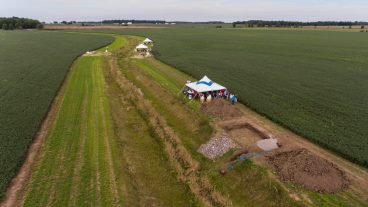
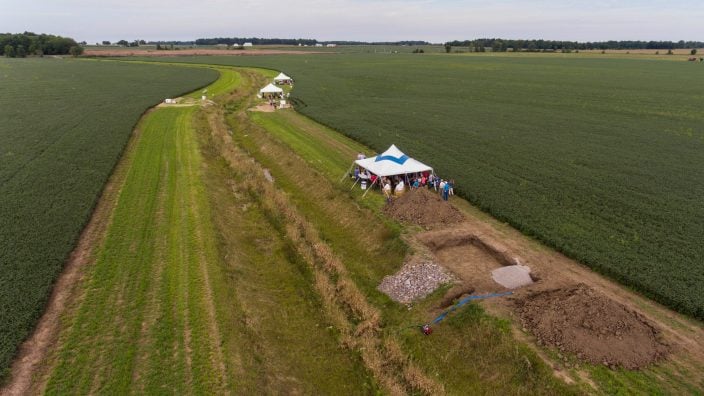
Kirk Reese of Lexington, Ohio, has been named project manager for the Blanchard River Demonstration Farms Network.
Read More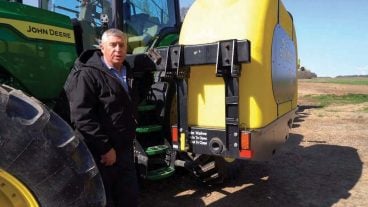
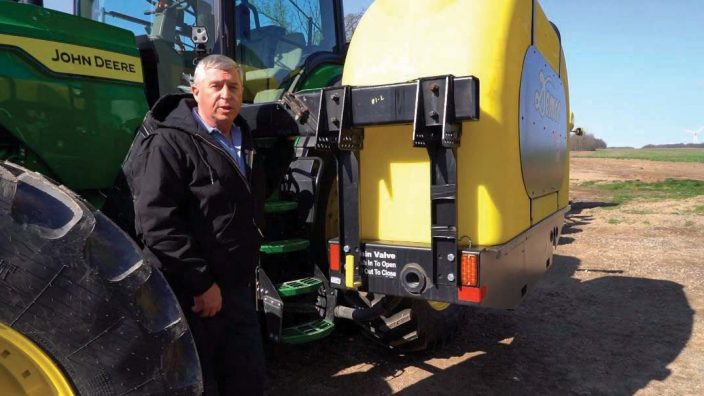
Several farmers in northwest Ohio are using funding from the H2Ohio water quality initiative to implement subsurface nutrient placement on their farms.
Read More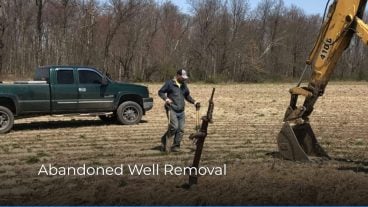
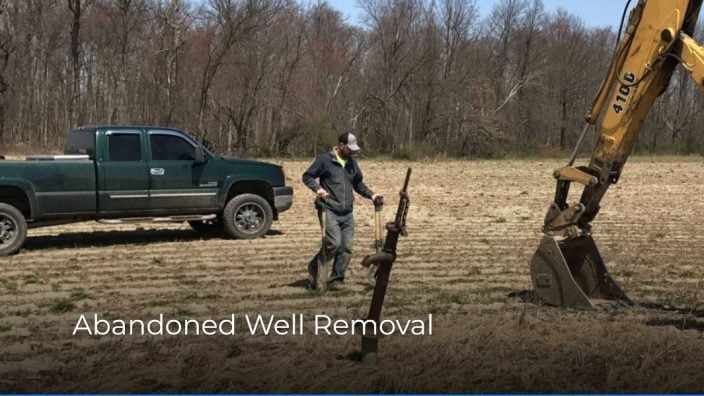
Abandoned wells may seem harmless but, if they are not managed correctly, they can create a dangerous situation.
Read More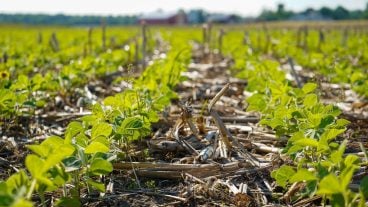
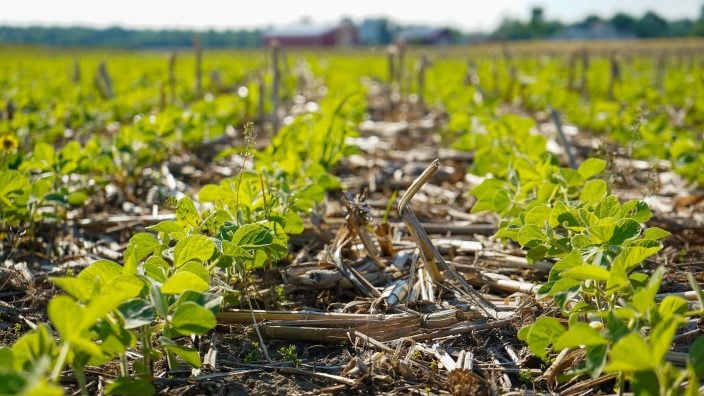
ODA, Farm Bureau and the Demo Farms are partnering to assess the agronomic and economic impacts of H2Ohio Best Management Practices.
Read More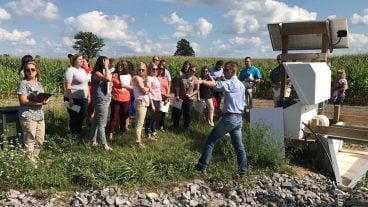
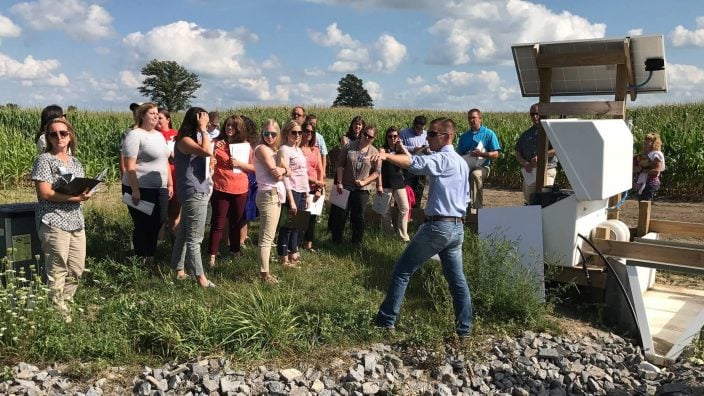
The Blanchard River Demonstration Farms Network is once again offering tours for business, organizations and students interested in learning about the latest water quality technology.
Read More

One of the biggest enhancements to the new website is a resources section, where search results are aggregated based on specific practice or topic.
Read More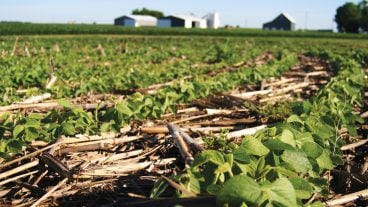
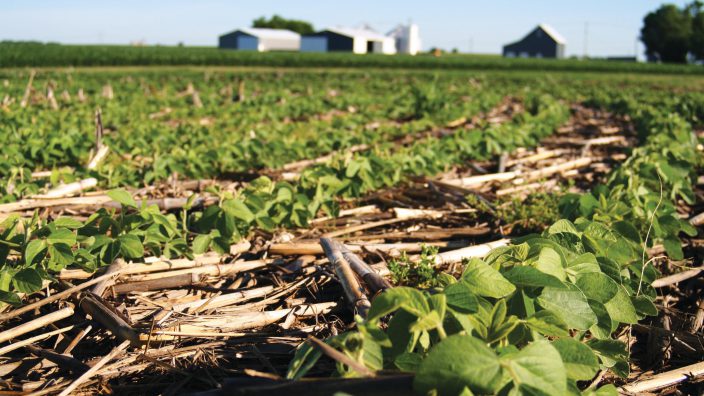
This is the first in a four-part series examining the conservation practices of farmers participating in the Blanchard River Demonstration Farms Network.
Read More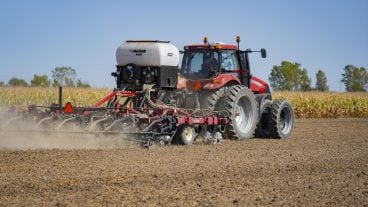
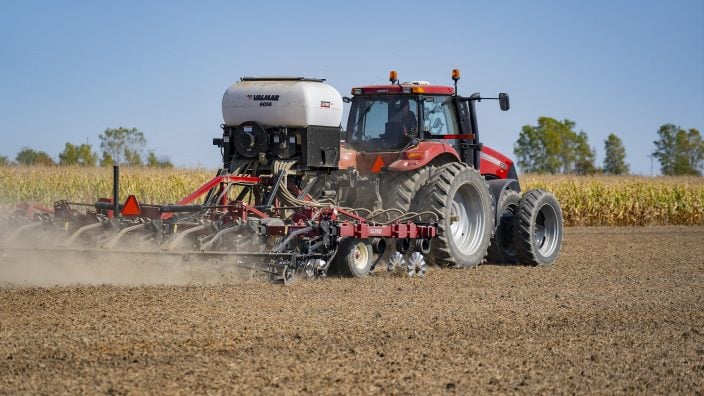
The Ohio Farm Bureau Federation and the U.S. Department of Agriculture Natural Resources Conservation Service have signed a new, five-year agreement to continue research for the Blanchard River Demonstration Farms Network project.
Read More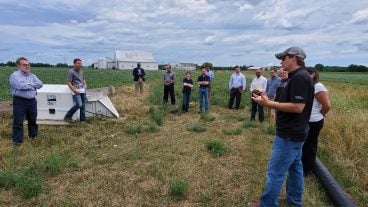
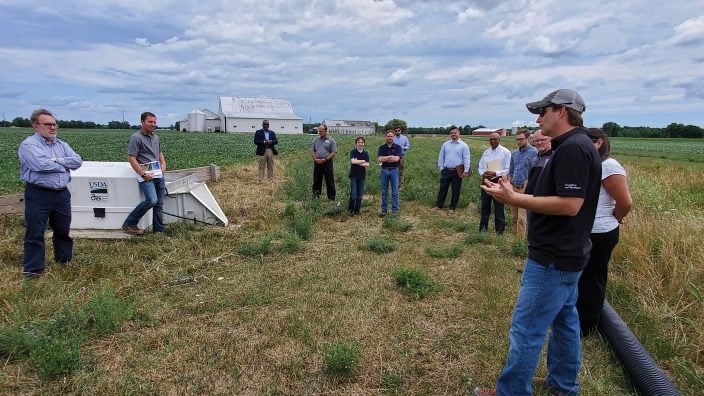
Keeping up with the ever-changing technology being used in agriculture to protect valuable natural resources, the Blanchard River Demonstration Farms…
Read More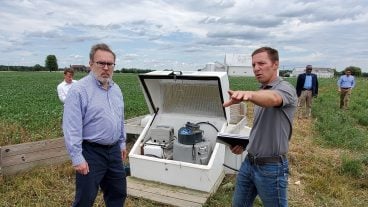
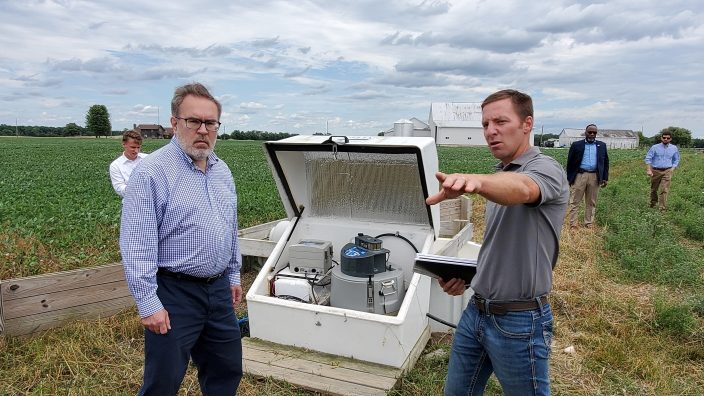
U.S. Environmental Protection Agency Administrator Andrew Wheeler recently visited the Blanchard River Demonstration Farms in northwest Ohio. Administrator Wheeler learned…
Read More